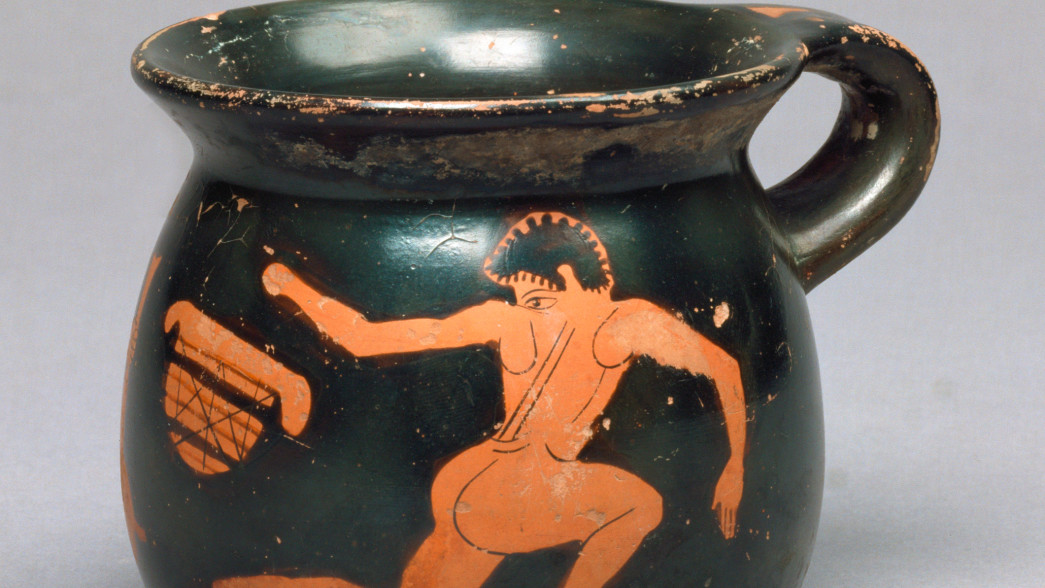News:
Restituted art sale funds go to Holocaust survivors in 'completing of the circle'
By Gaby Wine
More than 800 pieces of art belonging to an Austrian Jew, Albert Pollak, were seized by the Nazis
A vase that once belonged to Pollak and was seized by the Nazis was among the art works returned to the collector's family
Holocaust survivors in Israel are to benefit from the sale of restituted artworks stolen by the Nazis, in a “completing of the circle”.
More than 800 pieces of art belonging to an Austrian Jew, Albert Pollak, were seized by the Nazis when they arrested the collector in 1938 and confiscated his properties. Pollak died in 1943 after going into hiding in Holland.
Now 21 of the stolen works have now been restituted to his family in Europe and the US and auctioned, with proceeds being donated to the Zionist charity JNF.
Some of the funds will be given to Project Connect, which arranges for teenagers to visit housebound Holocaust survivors and help them access technology, while the rest will go to Living With Dignity, which carries out house repairs in the homes of survivors.
“It is the completing of the circle”, said Elan Gorji, CEO of JNF UK.
“We are using money we have received to help Holocaust survivors and build Israel.”
Gorji added: “We’re never going to have true justice or say that this is righting the wrongs, but it is a measure of justice for [Pollak’s] family.”
The money for JNF was bequeathed by Pollack’s niece, Gerda Betz, who died in 2015. Betz fled Vienna in 1938 and settled in London.
Pollak’s great-great nephew Michael Sternfeld said: “Our [family’s] good life in Vienna crumbled with the Nazis’ seizure of our family’s business, along with the confiscation of Albert Pollak’s extensive art collection.”
He said that his late father, Paul Sternfeld - Pollak’s great-nephew - had made it his “personal mission to find some pathway for the successful restitution of all these art objects.”
Sternfeld added: “Our family has benefited from seeing and experiencing justice being served.
“I also believe that all the people in the museums who restituted derived an equal benefit from doing the right [thing] and restoring a sense of faith that all can be good in the world.”
One of the restituted items includes a sixth century painted clay vase. When the items were seized, the vase went to Vienna's Museum of Art History. The museum has now purchased it and is displaying it alongside Pollak's story and information about the restitution case.
"The presence of physical proof connects to a story and shows part of history. It’s very important that we show this as we don’t want it to happen again,” said Dr Georg Plattner, the museum’s director of antiquities.
Plattner noted that the exhibit also marked 25 years of Austria’s restitution law, which aims to return stolen objects in federal museum collections to their original owners or heirs.
“Compared with other European nations, it’s a very strong law, but it took a long time for Austrians to say that they weren’t just victims,” he said.
He added that the museum’s researchers looked into the provenance of every object purchased after 1933, going through thousands of works of art and were "very happy" to be able to restitute the pieces.
Pia Schölnberger is head of art restitution and provenance research at the Austrian Ministry for Art and Culture, and worked on this case.
She said: "Austria [accepts] its specific responsibility for the examination and, if necessary, restitution of objects seized as a result of Nazi persecution.”


